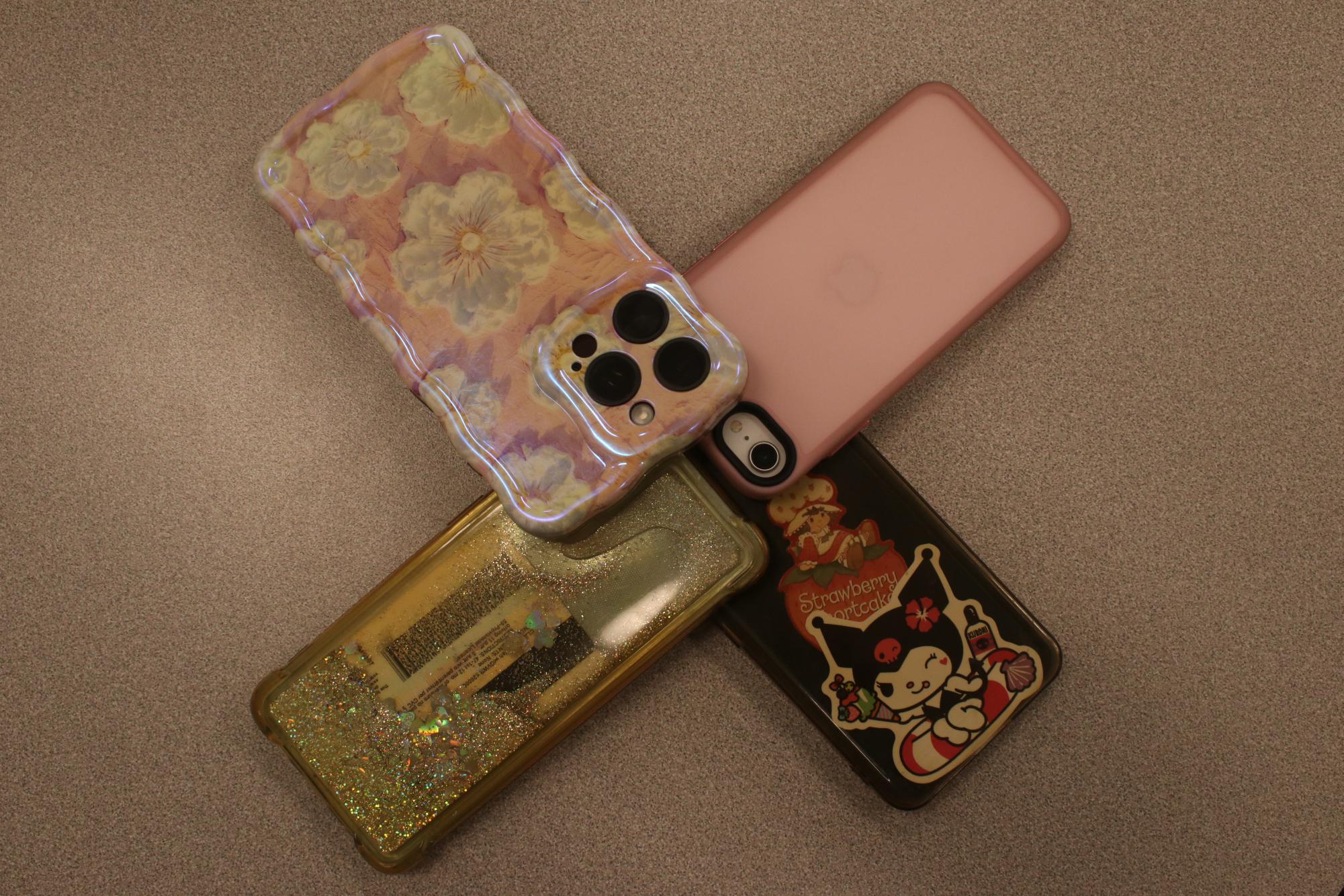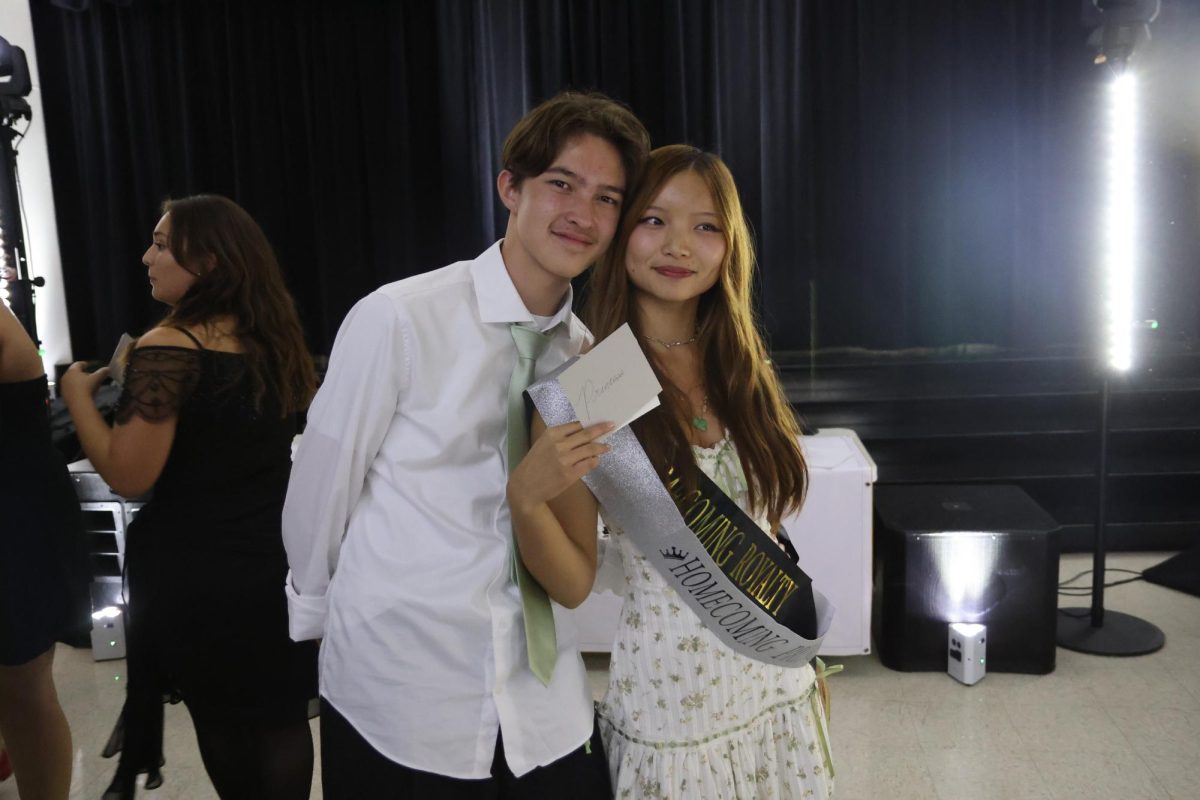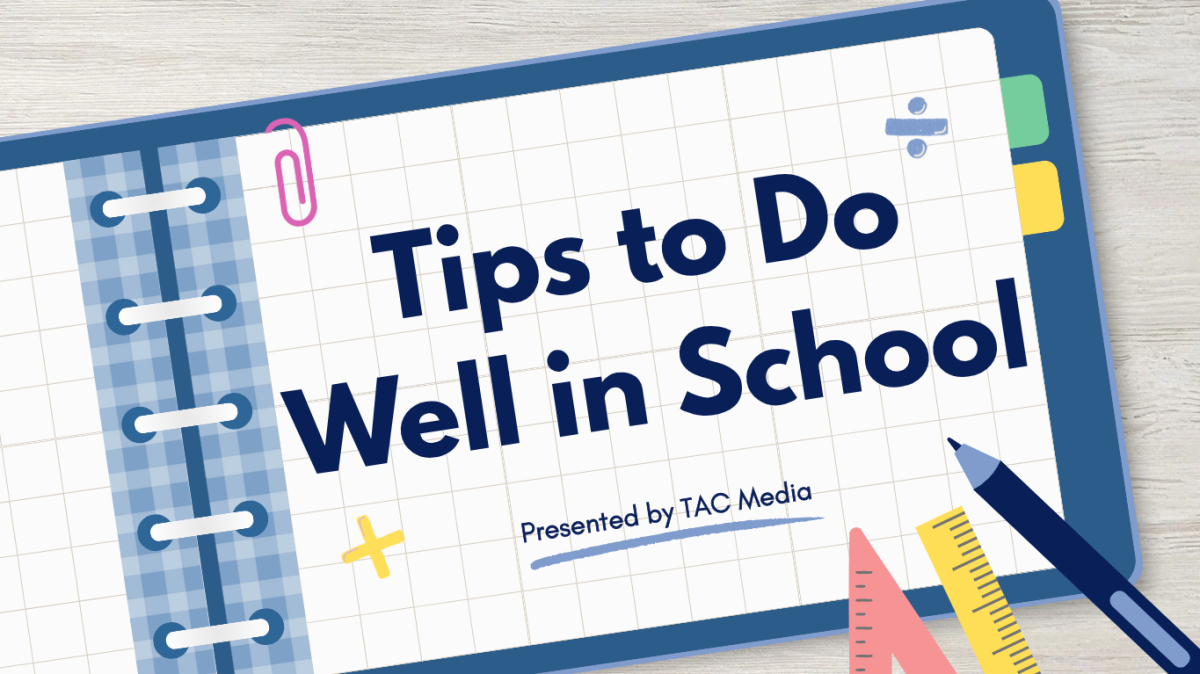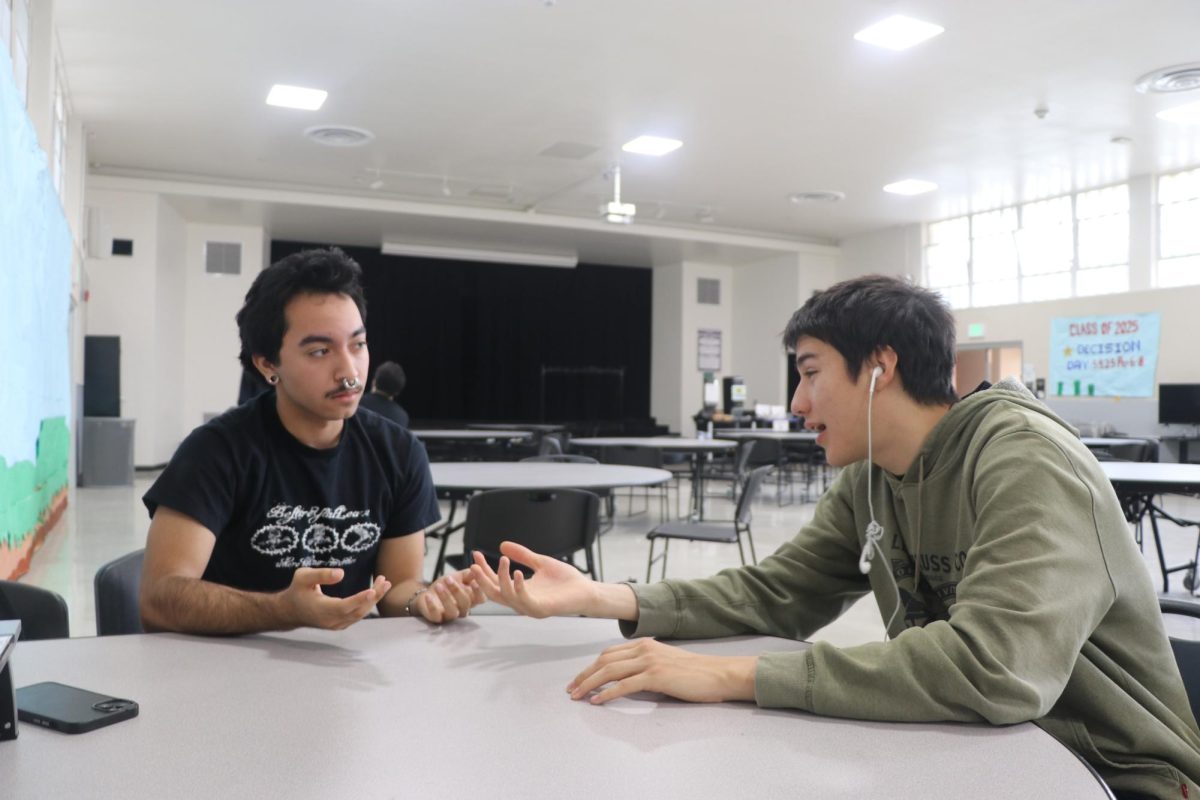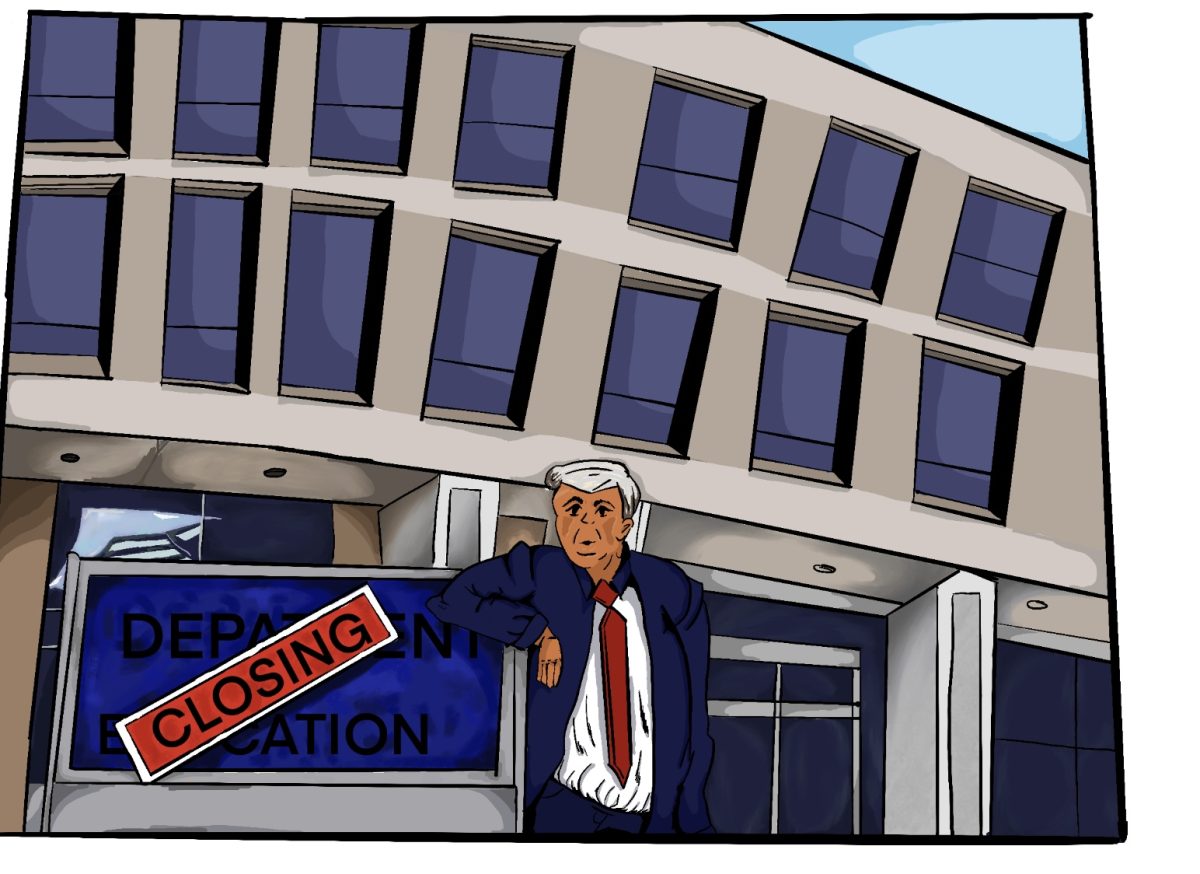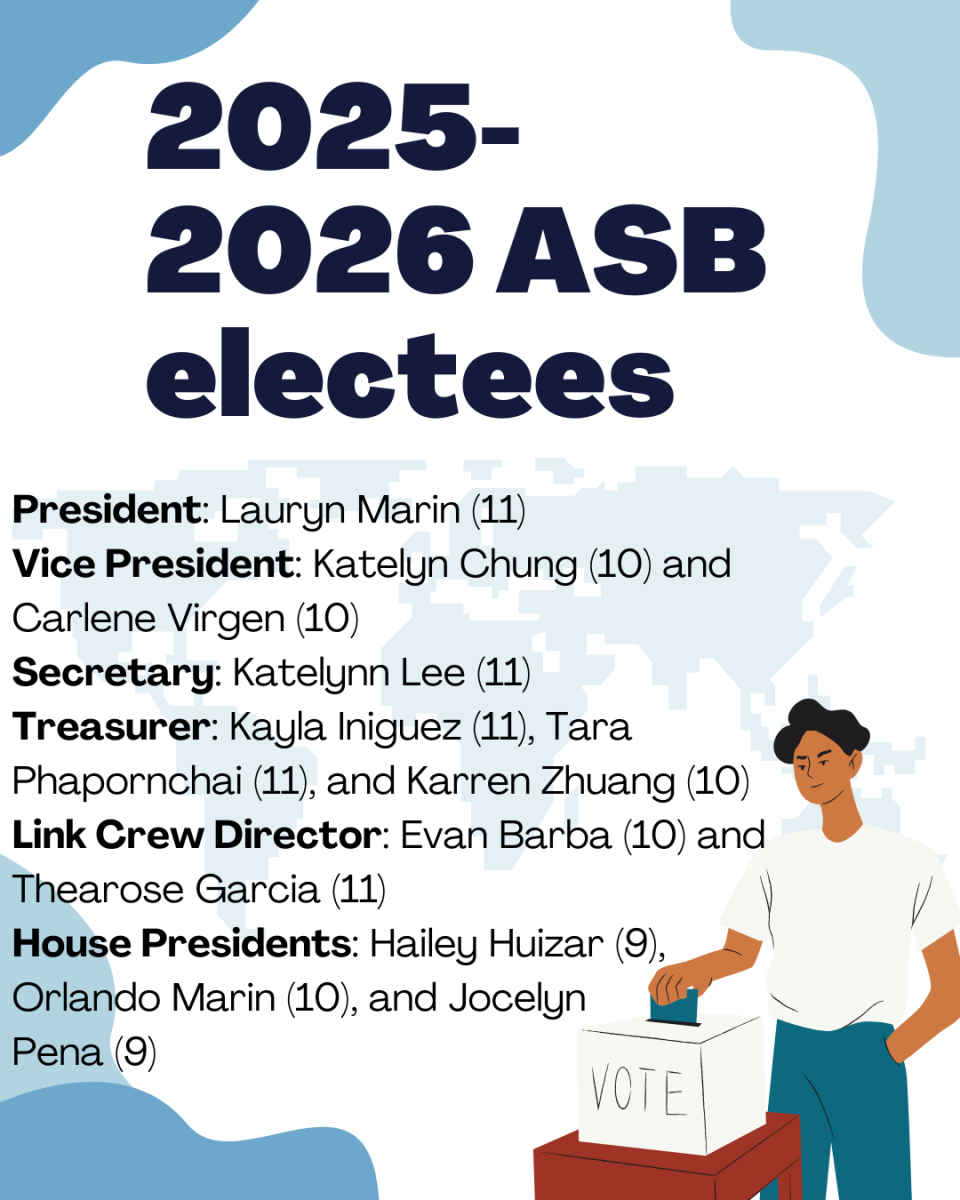With the recent rise of personal technology, school districts and teachers have also combated against it. West Covina School District’s (WCUSD) phone policy states that, while phones may be used appropriately during non-instructional time they, ”shall be turned off during instructional time,” with limited exceptions such as emergencies and if a teacher or administrator grants students permission to use their cell phone.
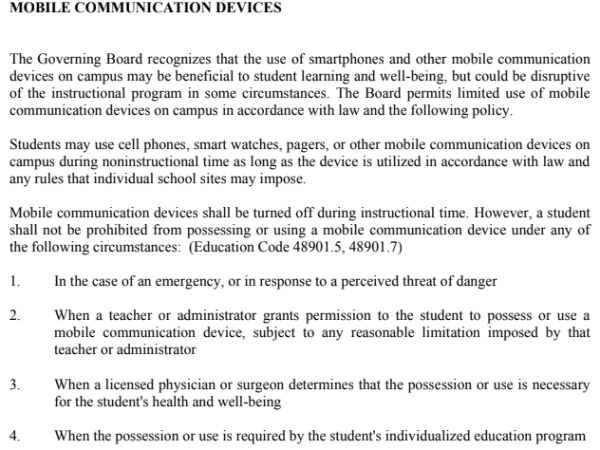
Since this is a district policy, it applies to every school under WCUSD but many teachers at Mt. SAC Early College Academy (MECA) have also created their own cell phone policies for their own classrooms.
English teacher and journalism/yearbook advisor Courtney Bell’s, has implemented her own creative phone policy for her classroom. On her board she has, “light up buttons that say okay and away and so basically on days when it is okay to have your cell phone out I touch the okay button at times when it’s not i touch the away button,” she says.
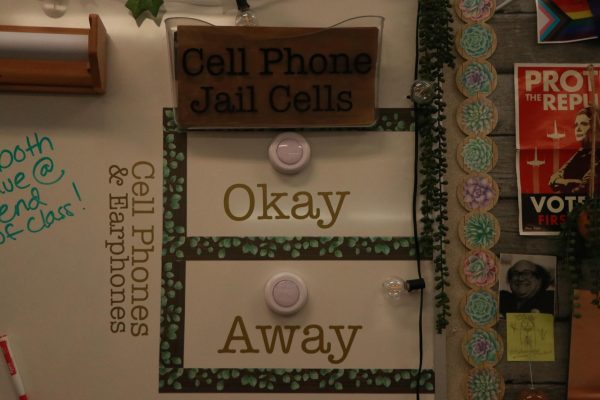
If students ignore the light up buttons, she reaches for her cell phone jail cells which is a paper bag. “I take a paper bag over to them, I have them place the offending item into the bag, I staple it and let them have the bag, they’re not allowed to open it up until the end of class if they were to argue with me over that I would just send them to the office with their phone,” Bell explains.
Bell stresses the importance of each teaching having their own phone policy such as it is important for teachers to teach in their own ways. Along with Bell’s phone policy, there are many other effective phone policies on campus created by other teachers.
Tiffany Banh, Chemistry and Anatomy & Physiology teacher, has her own phone procedure when students are doing quizzes and tests. “All students silence or turn off their cell phones and they turn it into a little gray bin that I put at a lab table,” Banh mentions. She goes on to say that the reason for this is, “to make sure there’s no possible way for students to take their cell phones out and take pictures of quizzes and looking things up or whatever while i’m not looking”. The students keep their phones in the gray bin until every student has completed their quiz/test.
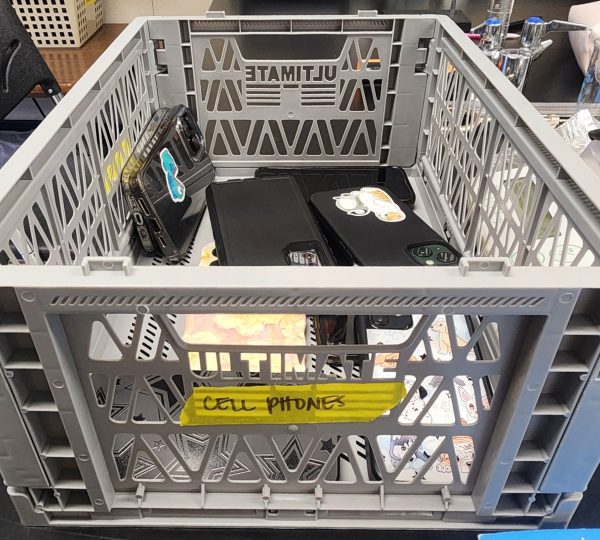
These phone policies are put in place but students will still disobey the rules and use their phone when it is not appropriate.
Banh expresses her frustration when this happens saying, “is what i’m saying not as important? It’s just frustrating and I try not to take it too personally because usually it’s not against me personally, it’s more just the students being distracted.”
Similarly, Bell feels irritated when a student is using their phone when they are not supposed to but she tries to understand saying, “we didn’t have the same upbringing with it that you guys did, it’s not just a choice that you’re making, it’s literally something that you’re born with.
Overall, both district and classroom phone policies have been put in place but students are still bound to disobey them from time to time. Bell just encourages everyone, both students and adults alike, to, “learn when it’s appropriate to use our phones and when it’s not appropriate to use our phones.”


